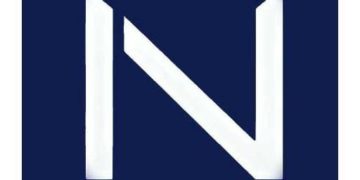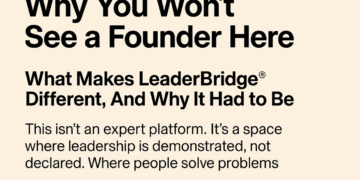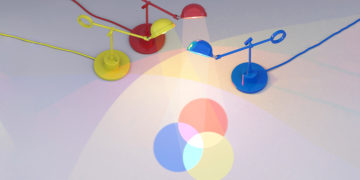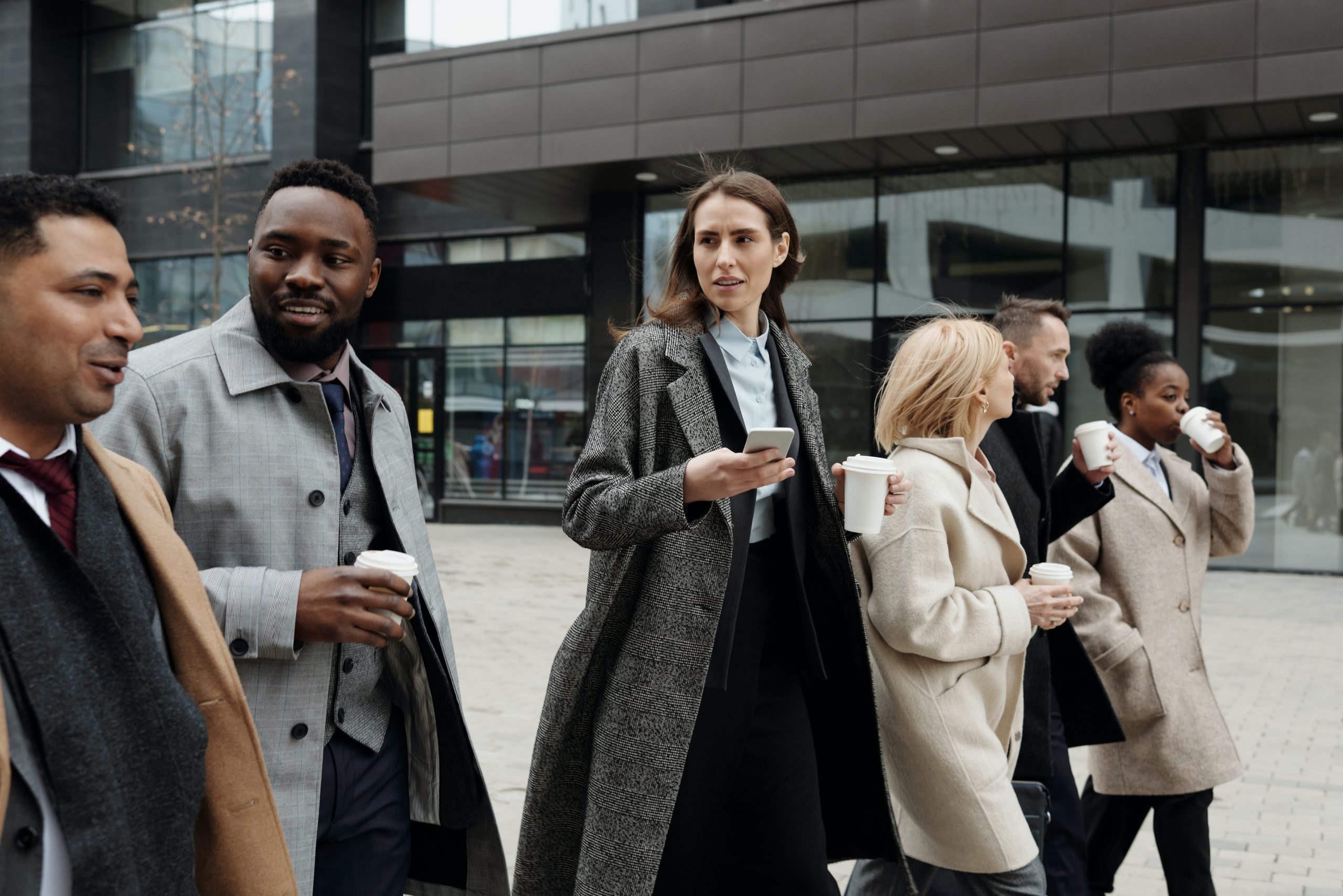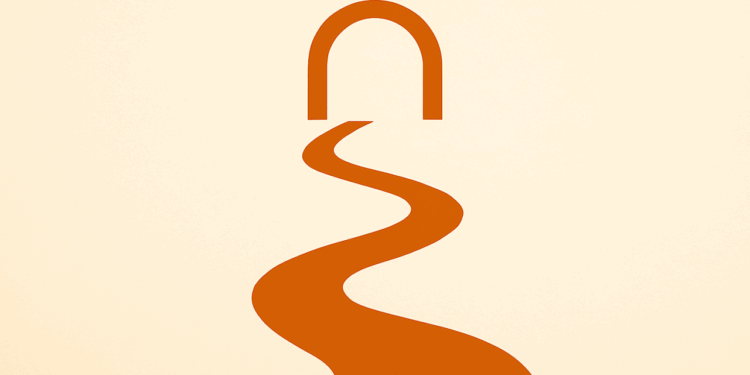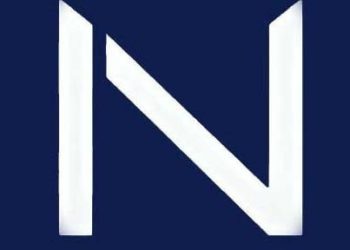

And then something clicks. You leave the session feeling sharper. Clearer. Like your leadership instincts just got stronger, not by learning about leadership, but by actually practicing it.
That feeling is by design. Because while the experience may seem simple at first glance, underneath it is a tightly engineered system, a stack of deliberate choices that quietly turn collaboration into real-time rehearsal.
The experience unfolds in three parts: the Builder (where the challenge is created), the leader bridge or Bridge (where real-time collaboration happens), and the Center (where insights and patterns get captured). Each space plays a role, but it’s inside the leader bridge where practice becomes real.
A Practice Space, Not a Training
In our last article, we explored why this model had to be different. Leadership doesn’t usually grow in classrooms or coaching sessions. It grows in messy moments. In pressure. In reflection that comes after doing, not before.
So we built a space for exactly that. One real challenge. One peer. One focused, structured session. No content to absorb. No expert to impress. Just leadership practice, in motion.
This approach is designed specifically for new and emerging leaders, those who are ready to build strong habits, not just strong resumes. The structure, the anonymity, the rhythm of practice, it’s all tailored to help people grow fast, early, and intentionally. Because leadership isn’t something you should have to figure out alone. And when you practice it well from the start, it shapes how you lead for the long run.
Under the Hood: The Stack That Makes It All Click
Every time a “Leap” builds and launches a challenge, five quiet but powerful systems go to work:
1. A Leadership Focus That Shapes the Challenge (DOER-R™)
DOER-R offers five distinct leadership focuses, each one a different lens for taking responsibility and moving a challenge forward. The Leap selects the focus they believe matters most in the moment, setting the direction for the session. That choice sets the tone for what happens inside the leader bridge, the space where real leadership gets practiced.
D (Define) What’s the real issue?
O (Own) – What will you personally take responsibility for?
E (Enlist) – Who else needs to be involved?
R (Resolve) – What’s in the way?
-R (Reinforce) – What needs to carry forward?
These aren’t just prompts, they’re leadership focuses. Each one represents a deliberate choice to lead with intent and direction. The Leap controls the flow, deciding when to stay with a focus or move on. That decision is part of the practice.
2. A Skill Lens That Sharpens The Focus
Before launching the challenge, the Leap selects one of ten core leadership skills they believe the challenge requires most, like Influencing, Communicating, Strategizing, or Executing.
This choice quietly shapes the match, the collaboration, and the feedback. It turns a vague challenge into a focused practice.
3. Anonymous Matching with Purpose
“Peeps” (collaborators) aren’t filtered by bios, titles, or industries. They’re matched based on a) self-assessed skill rankings, or b) ratings they’ve received in past challenges
The Leap chooses the filter, submits the challenge, and the first Peep to opt in becomes the collaborator. It’s fast. It’s human. It’s honest. No resumes. No politics. Just a willingness to show up and work.
4. Real-Time Collaboration, Structured by Intent
Once the challenge begins, the Leap and Peep enter the “leader bridge”, a live messaging space. It’s a focused, open-ended exchange, but guided by structure.
The Leap advances the session through the DOER-R focuses, inviting the Peep into each moment deemed relevant to the challenge. The practice stays centered on one real problem, not a case study, not a role-play, just the challenge the Leap chose to work on that day.
Each DOER-R focus unlocks a new layer of clarity. Sometimes insights deepen within a focus. Sometimes insights shift as the Leap moves to the next. Either way, the structure makes that process visible, and intentional.
5. Practice Reflections That Fuel Growth
Inside the leader bridge, after each focus, both Leap and Peep are invited to rate themself and the other based on a) Driving (Did we move the challenge forward?), b) Connecting (Did we collaborate with clarity and trust?), and c) Skill (Did the chosen leadership skill show up in how we worked?).
These aren’t just performance scores, they’re reflections. Built for insight, and clarity. And over time, they reveal patterns. How you show up. How others experience your leadership. Where your strengths live, and what gets in the way.
Users can track their own growth, and see how their feedback compares with others across the platform.
Designed for Action. Built for Leaders in Progress.
The magic of this approach isn’t in the tech or the theory. It’s in the way the system supports growth, without getting in the way of it.
Each session is compact (60 minutes or less). Each experience is focused, human, and demanding in the right ways. Because leadership practice shouldn’t feel passive. It should feel like something you’re really doing.
What makes the system work isn’t what’s visible. It’s what holds it up. It’s about structure that clarifies, matching that aligns, skill data that sharpens, feedback that reflects, and a design that keeps people grounded in the work.
When the Design Gets Out of the Way
We believe the best environments for growth are the ones that disappear once you’re inside them. This development model is built for that kind of space. Not to impress. Not to entertain. But to hold the focus long enough for real practice to happen.
What looks like a simple interface is actually a leadership rehearsal space. What feels like a focused exchange is actually a scaffolding for reflection. What seems like a basic tool is actually an invisible engine for skill-building.
LeaderBridge is live.
New users are joining daily. And the people inside aren’t just learning leadership, they’re doing it. One challenge at a time.
This piece builds on earlier reflections about trust, design, and the kind of leadership development that actually transfers to real life. You can find the full series at leadership.NET/blog or explore the others right here on LinkedIn.




